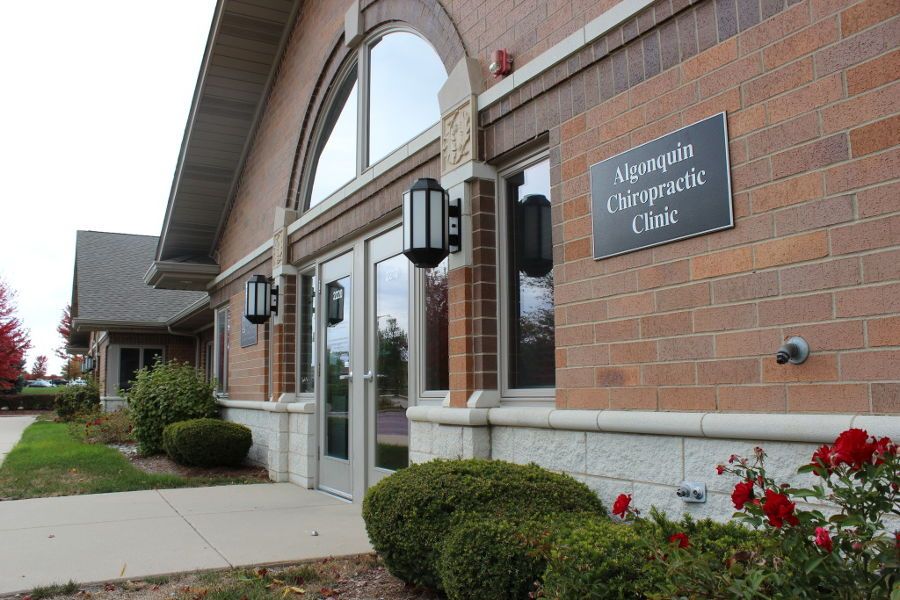Traditionally, going to the doctor meant listening to every word he or she said.
Every recommendation was taken as the gospel truth, even if the patient suspected something was wrong or missing. While blindly following medical doctors and orthopedic surgeons persists, things are slowly changing. In fact, questioning your doctor and getting a second opinion can be life-saving.
Recently, I treated a patient who had severe low back and leg pain. She had already been to an orthopedic surgeon who had prescribed her “pain pills” (opioids) to take three times per day. When her pain improved, I suggested she reduce her dosage. But she refused to ditch the medication without the permission of her medical doctor.
Eventually, she did go back to the orthopedic surgeon who, unsurprisingly, told her to stop taking the pain pills. Moreover, she continued with our treatment plan and has not needed pain medication since.
Now, I am not suggesting anyone stop their medications as soon as they feel better. Nor do I think people should try to be their own doctors. But the fact remains that we are in the middle of an opioid epidemic. The best way to combat it is to take as few opioids as possible.
When is a second opinion necessary?
When it comes to our health, it’s crucial to think for ourselves. That means trusting our intuition and seeking a second opinion when we deem it necessary. Often, medical doctors tell their patients that they must “learn to live with” their excruciating conditions. But in many cases, they are wrong. Below are a few examples of actual patients who benefited from seeking a second opinion.
Joe’s Story
Joe, a 70-year-old school bus aid came to my office seeking relief from low back pain. One month before seeing me, his bus hit a speed bump a little too fast. It sent Joe up into the air and down hard on his back. He’d already been to the emergency room, received all the routine tests, and was diagnosed with a sprain/strain.
But Joe knew something wasn’t right. I sent him to another medical doctor, who performed an abdominal ultrasound which came back normal. But that didn’t seem right either.
Finally, we ordered an MRI, and that’s when we saw it: metastatic disease to the spine—a type of cancer. The emergency room and Joe’s medical doctors had overlooked this problem.
But then again, it was an easy case to overlook. Joe’s spine had experienced a trauma which could’ve easily accounted for his severe pain. Unfortunately, in this case, the trauma masked the true nature of Joe’s condition.
Sadly, despite the efforts of Joe’s oncology team, Joe passed away about six months later.

Tommy’s Story
Tommy, a 15-year-old high schooler, came to me with back pain. His parents brought him to me after I successfully treated Tommy’s brother and sister.
But Tommy looked different from his siblings. He was tall and lean, while his siblings were shorter and stockier. Additionally, he had long arms, a long jaw, his chest caved in, and he had severely pronated feet (meaning they rolled inward).
Also, Tommy had more health problems than the average kid. In fact, he had visited about 14 different doctors in his short 15 years.
After examining Tommy, I suspected Marfan Syndrome, which is a rare genetic condition that affects the heart valves and can result in sudden death. Convinced, I recommended that he go back to his medical doctor with my suspicions.
Shortly after, while Tommy did not have Marfan, he was diagnosed with a similar genetic condition. Months later, Tommy had heart valve replacement surgery.
Amazingly, if Tommy had not received the surgery, he would have died within two years. Throughout his life, 14 medical doctors overlooked Tommy’s serious condition.
John’s Story
John’s physical therapist recommended he see a neurologist to treat his carpal tunnel. But John showed none of the symptoms of carpal tunnel. No neck or upper back pain, headaches, numbness, loss of balance, or issues walking. Instead, he experienced tingling in his wrists and just above the beltline on his stomach.
From this report, I knew carpal tunnel wasn’t to blame.
After ordering an MRI, we noticed cervical spinal cord compression. Then, my suspicions of cervical myelopathy were confirmed, and John underwent cervical fusion surgery 48 hours later. Thankfully, John is back to work as an electrician and follows up with regular treatments at our office.

Do chiropractors always get it right?
Of course not. No one doctor, no one profession is perfect.
But chiropractors have some of the lowest malpractice insurance rates of all health practitioners. Plus, chiropractors have some of the highest patient satisfaction rates of all doctors. So, despite popular belief, chiropractic is very safe and very effective.
Most people want to stay out of the “medical model.”
Especially when it comes to musculoskeletal injuries, people prefer to avoid expensive tests, addictive medication, and invasive surgeries. But often, they go to their medical doctors or orthopedic surgeons instead of a chiropractor. Going this route, they must jump through all sorts of hoops to receive relief from their pain.
Often, doctors prescribe medications that don’t work and run inconclusive tests for many appointments. Sometimes, patients must wait up to six months before they start seeing any improvement in their pain. Understandably, this is a frustrating process for all patients. I’ve had patients who’ve been on this medical rollercoaster for years without any relief!
Chiropractic treats patients swiftly, for more efficient pain relief.
Consider this: you call our office, and we can see you the very next day. We perform a consultation, an examination, and take any necessary X-rays. Then, we explain what your problem is. Furthermore, we give you actionable tips for what to do at home until our next appointment. Which, in many cases, can be the following day.
At which point, we tell you if we can help you or not. We review your X-rays, discuss your treatment plan, as well as your insurance and finances.
Believe it or not, all of this can happen in just 48 hours—not six months.
When you come to our office, there is no doctor merry-go-round, no test after expensive test. As chiropractors, we do not prescribe medications. So, no medications, no opioids, and no waiting four-six weeks to find out what your tests show. Above all, we get started on treatment immediately to get you back to your lifestyle as fast as possible.



